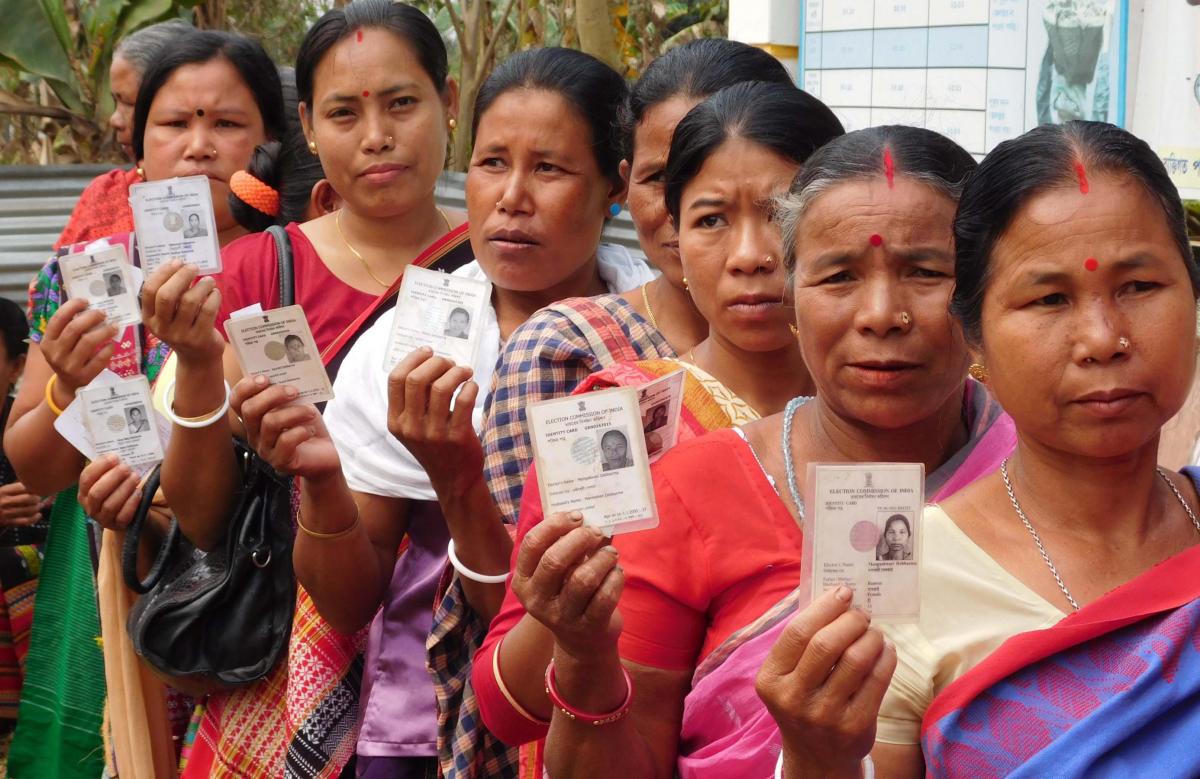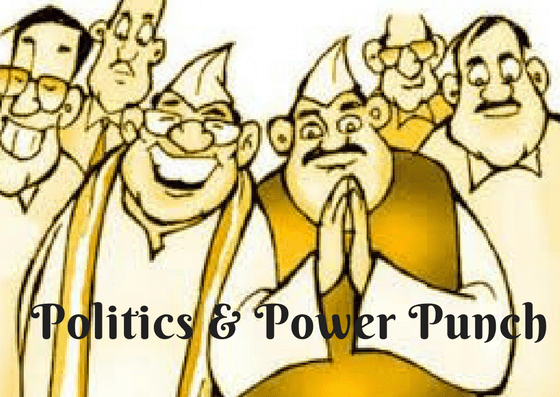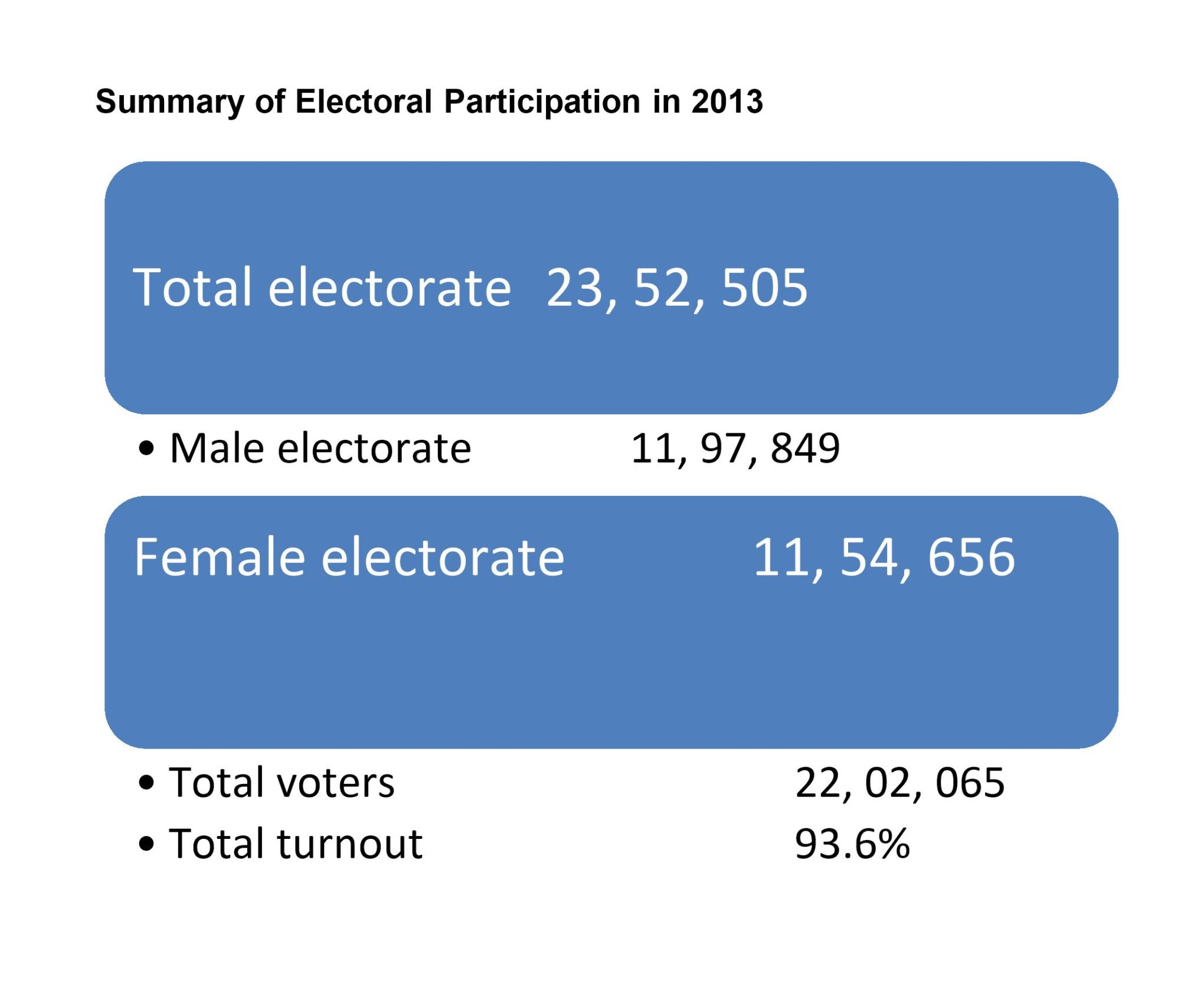Reading Time: 5 minutes
The important question of Tripura ethnonational identity, inevitable as the Tripuri masses come to self-consciousness in the course of their development, may no longer be ignored by any political party in Tripura. It is perhaps a simplification to regard the left as complicit in the Bengali chauvinist oppression of Tripuris, opines Navodita, our Associate Editor, in the weekly column, exclusively for Different Truths.
As Tripura votes on Sunday, it’s important to understand the background of the state and its rich cultural history and past. The important question of Tripura ethnonational identity, inevitable as the Tripuri masses come to self-consciousness in the course of their development, may no longer be ignored by any political party in Tripura. It is perhaps a simplification to regard the left as complicit in the Bengali chauvinist oppression of Tripuris.
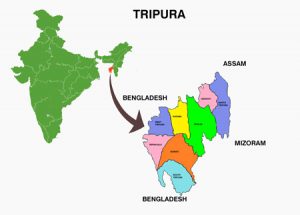 Prior to the ascendance of the Left, the Congress-led governments had completely ignored the interests and the rights of the indigenous Tripuri people. It is under the Left government that autonomous councils were formed and the land under them was treated as inalienable. In recent times, the Left government also took steps to recover such land from the clutches of Bengalis who had seized it illegally. Further, the Left did make serious efforts to improve their lot, for instance, in healthcare and education. The Tripuri language Kokborok was given its present script under the auspices of the Left regime.
Prior to the ascendance of the Left, the Congress-led governments had completely ignored the interests and the rights of the indigenous Tripuri people. It is under the Left government that autonomous councils were formed and the land under them was treated as inalienable. In recent times, the Left government also took steps to recover such land from the clutches of Bengalis who had seized it illegally. Further, the Left did make serious efforts to improve their lot, for instance, in healthcare and education. The Tripuri language Kokborok was given its present script under the auspices of the Left regime.
Yet another unpalatable fact about Tripura is that the Tripura royal family, under the influence of Brahmanical culture, patronised the spread of Bengali language and culture for at least a couple of centuries, following a familiar pattern among some other tribes in the Northeast. Disowning this heritage also leads to some problems. This is, of course, not to deny that the ethnonational aspirations can no longer be kept under wraps. The Left had better seek a democratic answer to such questions.
In the last legislative assembly election in 2013 Tripura witnessed a single-day poll to elect its government on 14th February. This was the ninth assembly election in the state since 1972 when Tripura had attained full statehood. Nearly 94% of over 23 lakh registered voters in 60 assembly seats turned out to vote, the highest ever in the state’s electoral history and up by a few points since 2008.
A district-wise analysis of the verdict reveals that in three out of the total eight districts in the state, the Left Front won each and every seat on offer. These three districts are Sepahijala, Khowai, and South. The South district was also where the Left Front secured the highest percentage of votes at 59%. Moreover, the highest victory margin won was in Hrishyamukh constituency which falls in this district. The district also saw the highest voter turnout among all districts in the state. There were four districts where the Left Front won all the available seats but one. These districts are Gomati, Dhalai, Unakoti, and North. It was only in the West district that the Congress alliance gave a tough fight to the Left Front, winning six of the 14 seats on offer. Sixty percent of the Congress’ total seats came from this district. Interestingly, this was also the only district in the state where the Congress secured more votes than the Left Front. In the reserved SC category, the Front won eight out of the total ten seats with a vote share of 53.1%. So these elections may be a tough fight not just between the Left and the Congress but even the BJP walking in the contested terrain.
Tripura was a tribal-state ruled by the monarchy for centuries. Bikram Kishore Manikya was the last king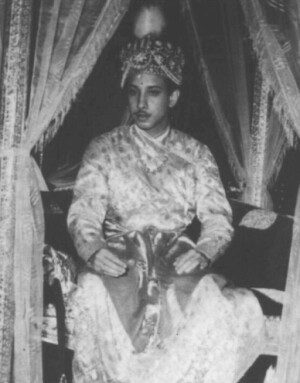 of Tripura during India’s independence and the state’s merger with India in 1949. During those days, monarchy and the nobility had complete sway over the tribal masses. The tribals reeled under feudal exploitation and illiteracy. In this milieu, a group of young educated tribals, including Dasrath Deb and others formed an organization for mass education called Jana Siksha Samiti in 1945. This had the active support of the communists who believed that without education, these tribals could not overcome their oppressed state and could not be mobilized for changing the system. Henceforth they made education a tool for mass mobilization in the state. By becoming the most literate state, they have managed to achieve that task and lived up to the legacy of their visionary forefathers. Tripura has reduced the dropout rate in both the primary and upper primary levels significantly.
of Tripura during India’s independence and the state’s merger with India in 1949. During those days, monarchy and the nobility had complete sway over the tribal masses. The tribals reeled under feudal exploitation and illiteracy. In this milieu, a group of young educated tribals, including Dasrath Deb and others formed an organization for mass education called Jana Siksha Samiti in 1945. This had the active support of the communists who believed that without education, these tribals could not overcome their oppressed state and could not be mobilized for changing the system. Henceforth they made education a tool for mass mobilization in the state. By becoming the most literate state, they have managed to achieve that task and lived up to the legacy of their visionary forefathers. Tripura has reduced the dropout rate in both the primary and upper primary levels significantly.
Tripura, under Manik Sarkar government also undertook a combination of security measures and economic development to mitigate ‘the most powerful and brutal tribal insurgency in Northeast India’. Wherever it was possible, schools were opened, and teachers sent to teach along with other developmental interventions. As a result, people perceived that development work was expedited in the absence of terrorist activities and was hampered because of it. This was one way how the terrorists were isolated from the people reducing the problem of insurgency in the state. The quantum jump in Tripura’s literacy rate has resulted in an improvement in its rank amongst Indian states, from 13th in 2001 to 4th in 2011, according to Economic Survey.
However, a big challenge lies ahead for the rural tribal women who sometimes feel marginalised and left out of the developmental process. For most tribal populations in the northeast, exposure to urbanization, industrialisation, educational and occupational expansion, politicization, Christian and missionary 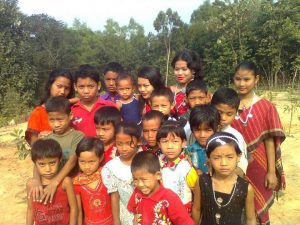 influence, community and rural development schemes, modern means of communication and transportation have been important. The impact of modern forces and institutions on tribal women are more conspicuous in the urban spaces relative to the rural areas of Tripura. These changes have exacerbated some new gender and class issues unprecedented in the purportedly egalitarian society of the tribals. Tripura witnessed several sociocultural, demographic and economic and political changes during the late 19th and 20th centuries. For quite a long time, this sparsely populated princely state continued with a traditional mode of production characterized by shifting cultivation. The subsistence economy of the tribals could neither generate enough trade and commerce nor pull in sufficient revenues to meet the growing demand of the rulers. However, there was an influx of Bengali refugees thus giving rise to a ‘demographic imbalance’. But lack of infrastructure continues to impede progress in the rich agricultural class of farmers.
influence, community and rural development schemes, modern means of communication and transportation have been important. The impact of modern forces and institutions on tribal women are more conspicuous in the urban spaces relative to the rural areas of Tripura. These changes have exacerbated some new gender and class issues unprecedented in the purportedly egalitarian society of the tribals. Tripura witnessed several sociocultural, demographic and economic and political changes during the late 19th and 20th centuries. For quite a long time, this sparsely populated princely state continued with a traditional mode of production characterized by shifting cultivation. The subsistence economy of the tribals could neither generate enough trade and commerce nor pull in sufficient revenues to meet the growing demand of the rulers. However, there was an influx of Bengali refugees thus giving rise to a ‘demographic imbalance’. But lack of infrastructure continues to impede progress in the rich agricultural class of farmers.
With development being the main agenda of these elections, will the incumbent ‘Sarkar’ manage to retain its place or will it be overthrown by the Tripuris – this is the larger question?
©Navodita Pande
Photos from the Internet
#Tripura #Bengali #Tribals #TripuraElection #Communist #Congress #TripuraRoyalFamily #Sarkar #PoliticalPowerpunch #DifferentTruths

